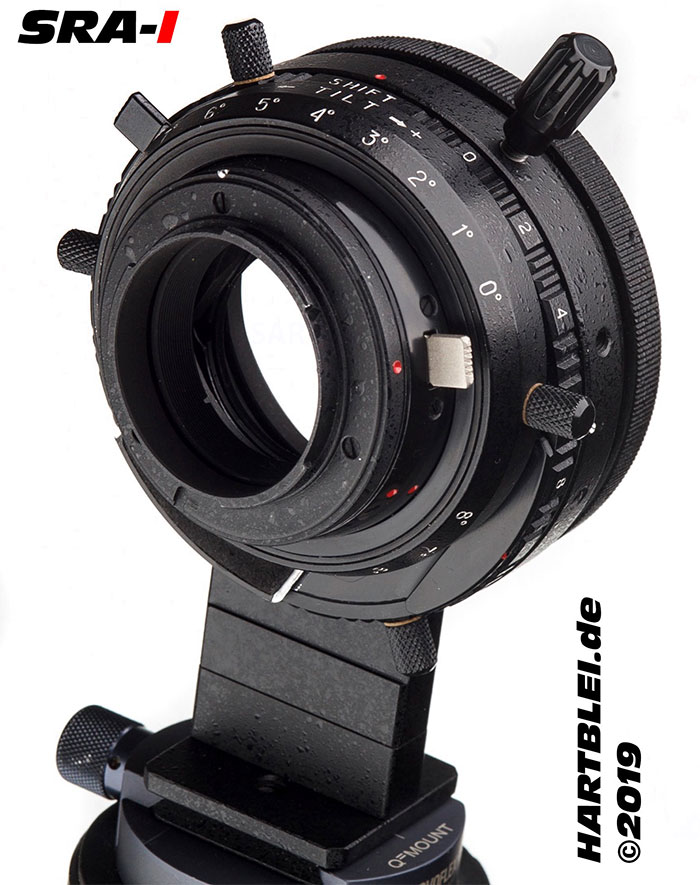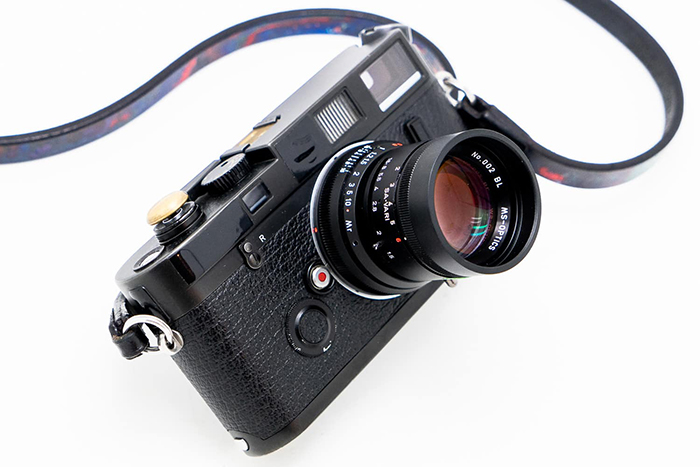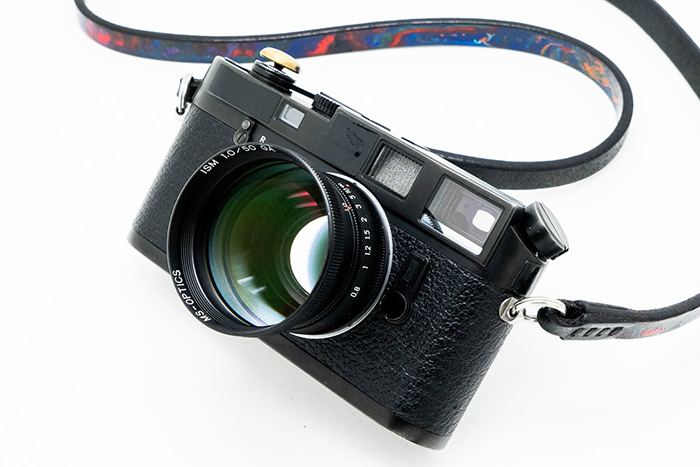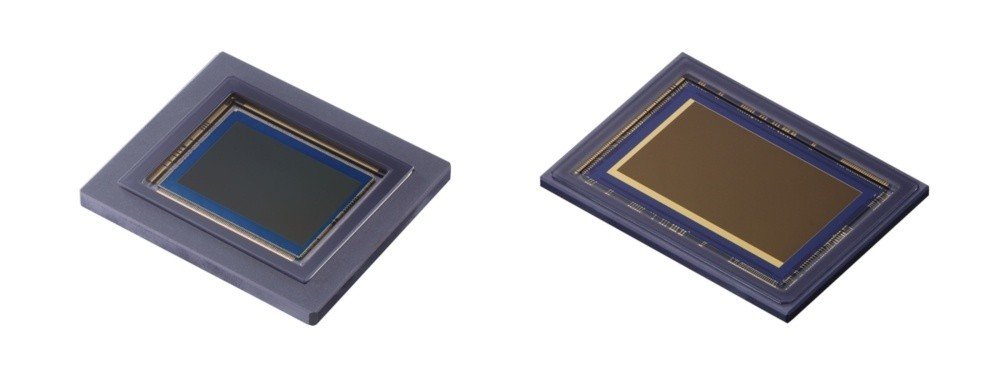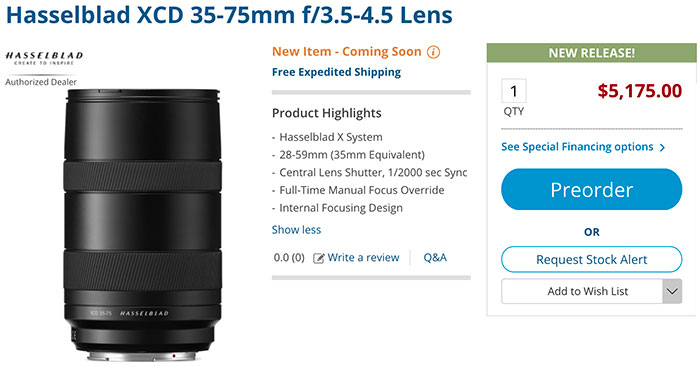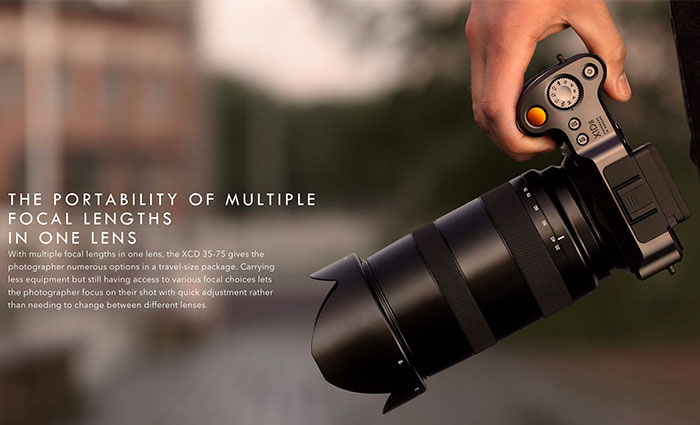New Hartblei SRA-I Superrotator adapter for E-Mount, L-Mount, EOS-R and Nikon-Z.
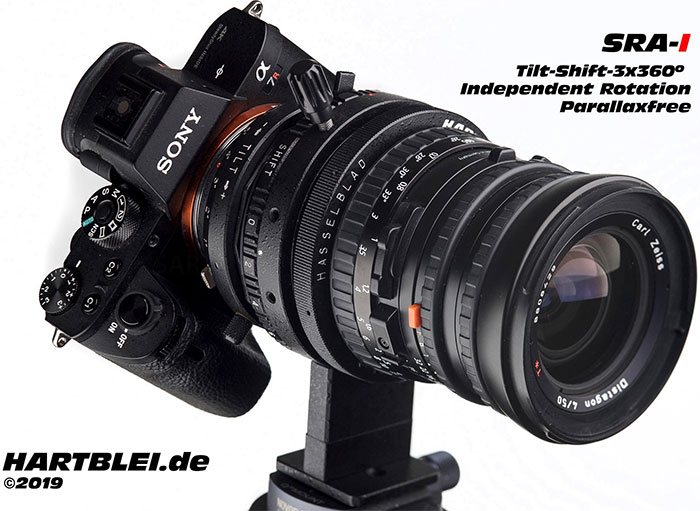
The German company Hartblei released the new Supperrotator for E-Mount, L-Mount, EOS-R and Nikon-Z.
Press release:
New Hartblei SRA-I Superrotator adapter for E-Mount, L-Mount, EOS-R and Nikon-Z. Use all excellent Zeiss Hasselblad lenses with the famous, fully independent Tilt-Shift superrotator movements (10mm of shift as well as 8 degrees of tilt – both geared + self locking )and parallaxfree 3x 360º Rotation. Tripod foot is Arca compatible
(We also have a Pentacon mount version for the Users of Zeiss Jena Glass)SAR
Please PN me for more Infos – s.steib@hartblei.deThe Item is available right now (built on order) – the price is 1129,-€ net + shipment
